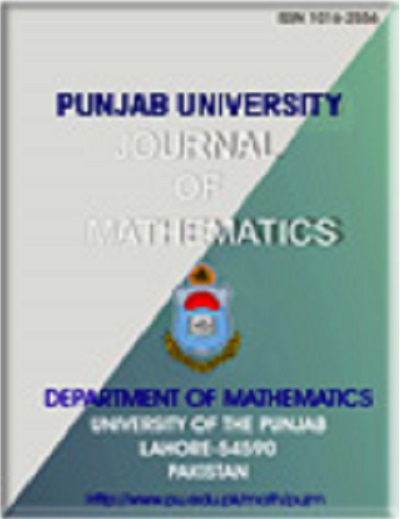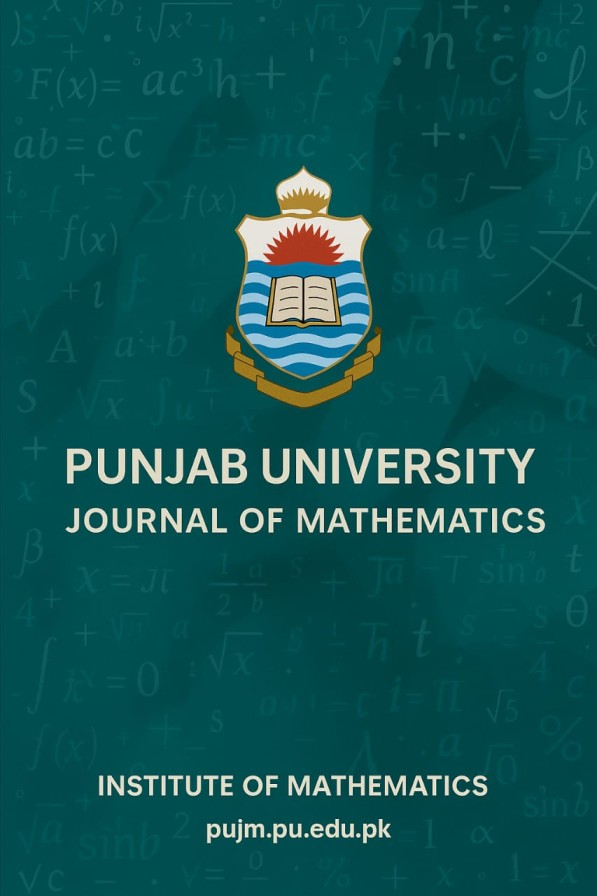Analyzing the Dynamics of Cleaners Behavior in the Community for a Germ-Free Village Initiative
Abstract
A mathematical model has been developed and analyzed along with a flowchart for cleaners in the community. The entire population is partitioned into Latent, candidate, passive, active, and non-cleaners. The analysis examines how the cleanliness present equilibrium achieves local and global asymptotic stability when the cleaning reproductive number exceeds one. It has been verified using the Routh-Hurwitz criteria that a positive, unique cleanliness present equilibrium has local asymptotic stability. By a graph-theoretic approach, it also has been proved that the cleanliness equilibrium exhibits global asymptotic stability. Parameter estimation has been carried out to determine the numerical value of the cleaning reproductive number. A sensitivity analysis is being conducted to identify the factors that discourage individuals from maintaining cleanliness and contribute to creating an infectious environment. Further, the dynamics of cleaner behavior in the community are analyzed, providing valuable insights for evidence-based policies and interventions promoting a clean and healthier environment.
Downloads
Downloads
Published
Issue
Section
License
Copyright (c) 2024 Haneen Hamam, Muhammad Naeem Khizar, Abdul Raheem, Ali Saleh Alshomrani, Hashim M. Alshehri

This work is licensed under a Creative Commons Attribution-NonCommercial-NoDerivatives 4.0 International License.



